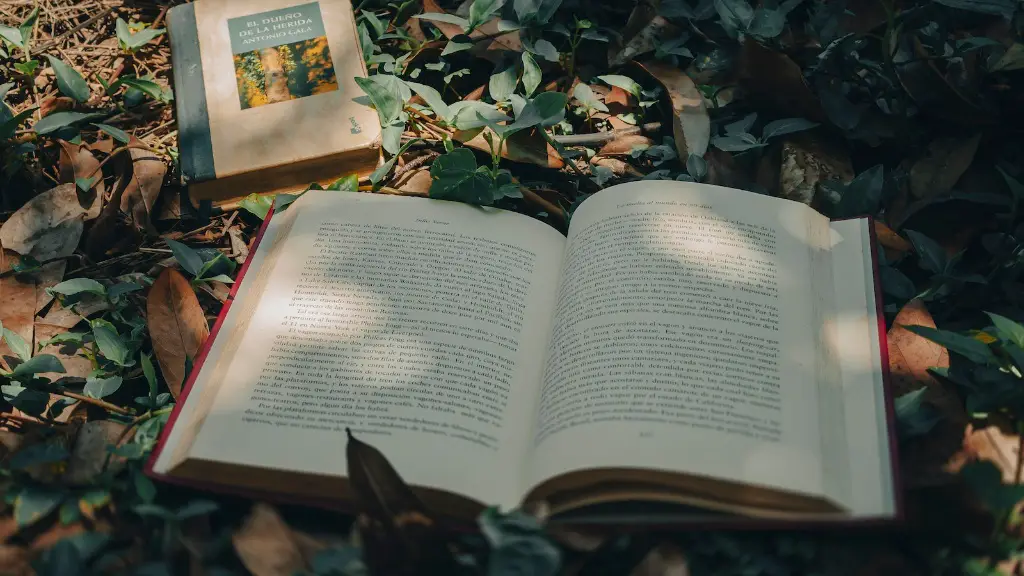What is Chinese Poetry?
Chinese poetry is a form of ancient and traditional Chinese literature, typically consisting of five or seven syllable lines or couplets and usually rhyming. Chinese poems usually revolve around themes of love and nature, alternating between the two genres in each poem, and have roots in the Tang Dynasty and its renowned poet, Li Bai. Chinese poetry is considered a spiritual and important part of Chinese culture because it expresses deep feelings and sentiments in an often concise and concise form.
Roots in Traditional Chinese Culture
Chinese poetry has its roots in ancient Chinese culture and is deeply embedded in the traditional Chinese literary canon. The earliest recorded Chinese poems go back to the Warring States Period, in particular the works of Qu Yuan. Later, during the Tang Dynasty, poems and unique style of writing known as “kaishu” became more popular. This style of writing is still widely used today and is considered the classical form of Chinese poetry. During the Tang Dynasty, Li Bai, Du Fu, and Wang Wei were the three most renowned poets, widely studied and recognised in the modern era. Each of their poems are widely regarded by academics and Chinese citizens as some of the most beautiful pieces of literature in Chinese history.
Types of Chinese Poetry
There are various types of Chinese poems which have evolved over the years. The most common are shi poems which follow a strict 5 or 7 syllable pattern. There is also a type of Chinese poetry called ci which adopts a different kind of rhyming pattern and follows a more free-form structure. Chinese poetry can also be divided into two categories: guwen or Ancient Text and jinwen or Modern Text. Guwen refers to the traditional style of Chinese poetry, incorporating imagery, allusions, and ancient metaphors in its construction. Jinwen, on the other hand, is a more modern style of poetry which follows a more free-form approach and does not rely on symbolism or metaphor as frequently.
Analysis of Traditional Chinese Structure
When analyzing traditional Chinese poetry, scholars will often look at the use of parallelism and repetition in order to determine the poet’s intent. For example, in Li Bai’s poem “Playing In The Moonlit Night,” the poet cultivates a lively atmosphere by repeating the phrase “playing in the moonlit night” throughout the piece. By repeatedly mentioning the subject, he sets up a vivid mood and atmosphere for the reader.
Writing Techniques
In addition to its structure and composition, Chinese poetry uses a variety of writing techniques to create an emotional impact. For example, poets often use vivid descriptions and imagery to paint a picture for their readers. Another common technique is the use of personification which serves to depict objects as living and animate things. This has the effect of making the poem more alive and brings it to life for the reader.
Classification of Chinese Poetry
Chinese poetry typically falls into the categories of classical, modern, or romantic. Classical Chinese poetry refers to the traditional style of writing which was dominantly composed during the Tang Dynasty period. Modern Chinese poetry typically follows a more modern language and a more free-form structure, while romantic Chinese poetry often touches on themes of love and often utilizes allusions and metaphors in its delivery.
How to Write a Chinese Poem
Writing a Chinese poem is a creative and therapeutic process which requires a great deal of thought, observation, and imagination. It should be noted that there is no one specific approach to writing a Chinese poem, as each poem should reflect the individual creativity of its creator. Ultimately, the goal of writing a Chinese poem should be to express deep emotions and sentiments, while at the same time imbuing beauty to the poem through vivid imagery and allusions.
Creativity and Emotion
Before beginning the process of writing a Chinese poem, it is important to first reflect on the mind-frame and emotions one wishes to convey. Is it sadness, joy, wistfulness, love, or some other emotion? No matter the emotion, it is important to ensure that it is true and authentic and is not artificially created in the poem. It is also important to be creative in order to ensure that the poem is unique and stands out.
Observation and Imagination
Observation and imagination are two important keys to writing a Chinese poem. Observation involves carefully viewing the surroundings and noting different details. The poet should not be afraid to take notes and take in the atmosphere which can be later used in the poem. Imagination is also very important in writing a Chinese poem, as the poet can use it to come up with creative rhythms, imagery, and allusions to bring the poem to life.
Rhythm and Structure
By understanding Chinese classical structure, a poet can ensure that their poem follows good flow and is structured well. It is important to pay attention to the rhyme and rhythm of the poem, as these help give the poem a sense of cohesion and flow. Furthermore, by utilizing new phrases and allusions, the poet can create a unique poem which stands out.
Conclusion
Overall, writing a Chinese poem can be both a creative and therapeutic experience. Through the use of observation, imagination, and understanding of traditional Chinese structure, the poet can create a unique and beautiful work of art. By expressing deep emotions, creating vivid imagery, and utilizing allusions, the poet can bring their poem to life and create a unique piece of literature for others to enjoy.


